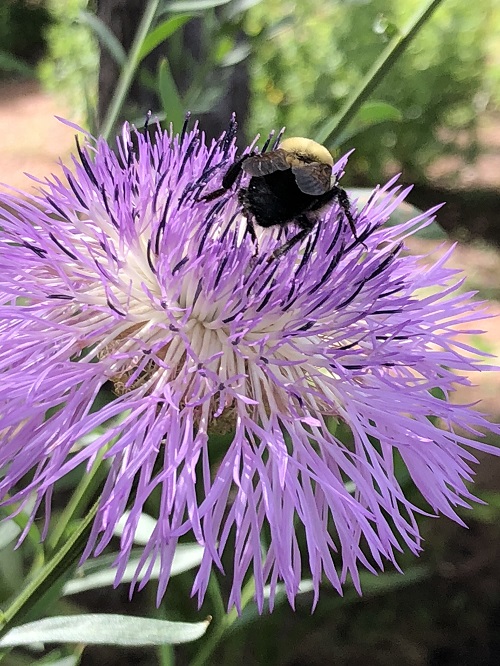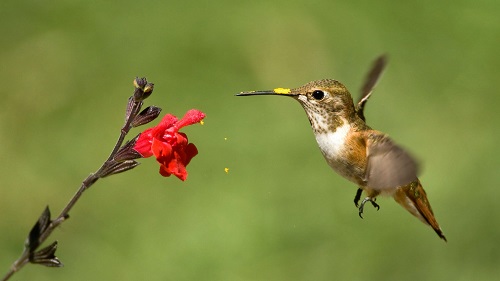Today more than ever pollinators need our help. Whether you are a farmer, large land manager, or a home gardener, you can attract pollinators to visit your area when you decide to plant essential habitat and food sources that pollinators need.
Who pollinators are
Pollinators are not just bees, but include butterflies, moths, birds, beetles, wasps, flies, and even small mammals. These creatures depend on pollen as a food source and spend their time visiting plants and collecting and depositing pollen. We can help them, and in turn they help us by pollinating crops for food we eat and between 75%-95% of all flowering plants. (pollinator.org)

Why pollinators are so important
Not only do pollinators provide pollination services for our flowers and plants and crops worldwide, they also help support our ecosystems. These ecosystems include critical resources for clean air, stabilization of soil, and other wildlife. A healthy pollinator community also helps support our native bird population as well as other animals that are part of the natural food chain.
Pollinator populations are changing. Many pollinator populations are in decline. According to the National Park Service website (nps.gov), the reasons for the decline include – habitat loss, use of pesticides, planting of non-native species, urban development, climate change and parasites and diseases.

Making small changes can have a big impact, but we need to act.
What we can do to help pollinators
- Plant more native plants and trees
- Reduce or eliminate the use of pesticides
- Spread the word about pollinators
- Conserve resources and reduce your impact
For more information about pollinators and how to help them, here are a few resources:
The Xerces Society: https://www.xerces.org/pollinator-conservation
National Wildlife Federation: https://www.nwf.org/Our-Work/Habitats
Native Plant Society of Texas https://npsot.org/wp/resources/finding-natives/